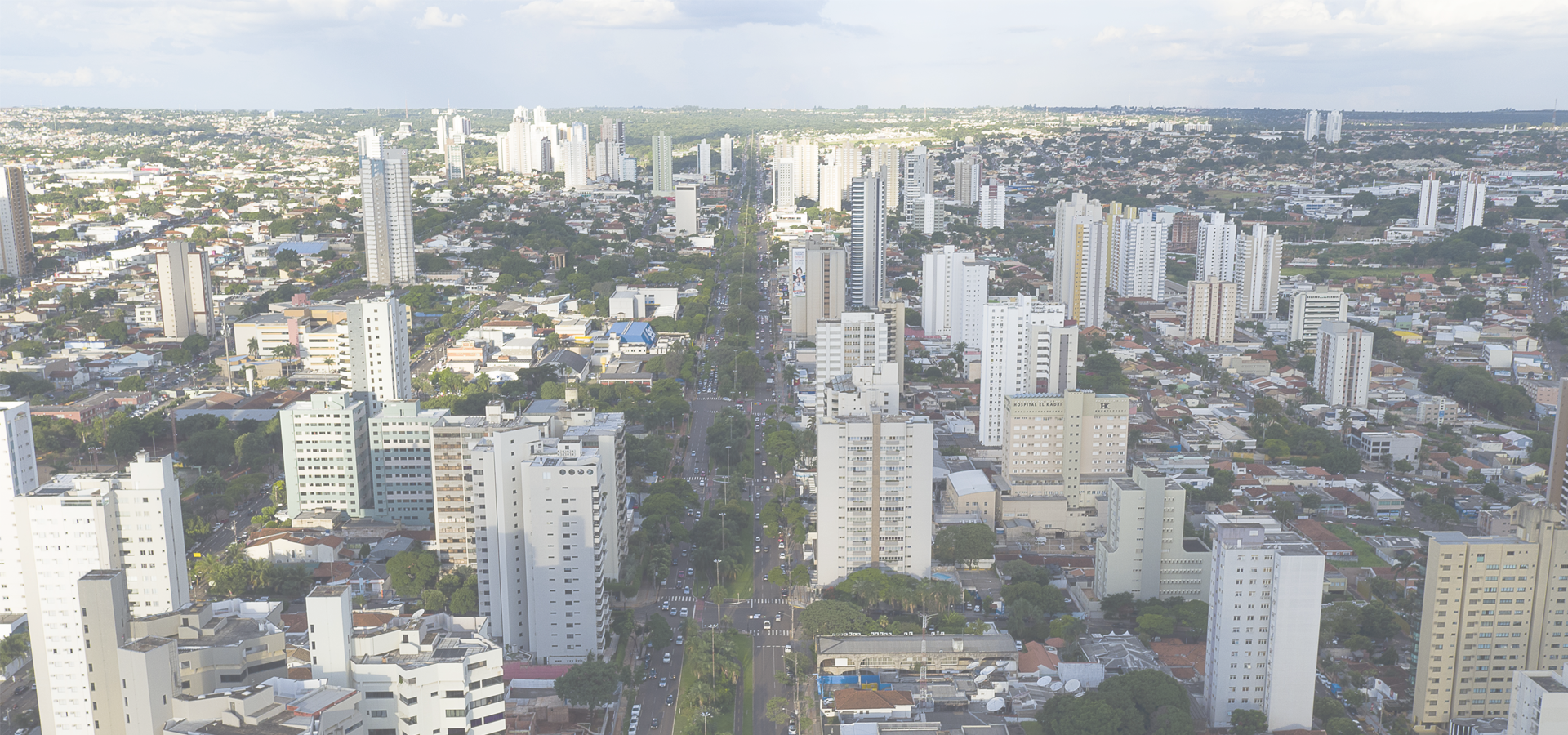Corumbá, Mato Grosso do Sul, Central-West Region, Brazil
🇧🇷 Corumbá is a municipality in the Brazilian state of Mato Grosso do Sul, 425 km north-west of Campo Grande, the state's capital. Its economy is based mainly on agriculture, animal husbandry, mineral extraction, and tourism, being the gateway to the biggest wetlands of the world, the Pantanal. Due to its border with Bolivia, Bolivians in Brazil constitute a significant portion of the city's population, forming a distinct cultural community.
Corumbá International Airport connects it to many Brazilian cities and also operates some international flights. There is also another airport serving Corumbá indirectly: the Puerto Suárez International Airport, 20 km away from the centre of the city of Corumbá. The city is one of the few Brazilian cities to be served by two international airports
Corumbá is the westernmost and northernmost city in Mato Gosso do Sul, and it is by far the largest municipality by area in that state, composing 18% of its territory. It is also the eleventh largest municipality in Brazil and the largest outside Amazonas and Pará. The territory of Corumbá has an enclaved municipality within it: Ladário.
1History Founded as a military outpost and colony in 1778 by the Spanish. It became strategically important with the opening of the Paraguay River to international trade after the Paraguayan War (1865–70). Nearby are the buttes of Mt Urucum, which contain vast mineral deposits. In 1878 it was raised to the category of city.
In 1938, the governments of Brazil and Bolivia agreed to begin consutrction on the Santa Cruz-Corumbá Railway, a section of the General Manuel Belgrano Railway that connected Santa Cruz de la Sierra, Bolivia with the Brazilian state of Mato Grosso. The railway was finished in 1955.
1Pantanal The ecoregion Pantanal is the most important plain of all humid areas in South America. Its large territory meets in the Mato Grosso do Sul, is known as South Pantanal and the city of Corumbá serves as its entrance door. The Pantanal of Mato Grosso do Sul is recognised as one of the most exuberant and diversified natural reserves on the planet.
The great diversity of the fauna is one of its great attractions: caiman, anacondas, fish, capybaras, tapirs, hyacinth macaws, herons, and jabiru storks, among others. The Pantanal received the recognition as National Patrimony in the Constitution of 1988 and as Patrimony of the Humanity and Reserve of the Biosfera from UNESCO.
According to World Wide Fund for Nature (1999), there exist in the Pantanal 650 species of birds, 80 of mammals, 260 of fish and 50 of reptiles. It is a region of great importance for preservation of biodiversity, considered one of the biggest centres of reproduction of fauna of America. Already more than 263 species of fish, 122 species of mammals, 93 species of reptiles, 1,132 species of butterflies, 656 species of birds and 1,700 species of plants have been cataloged there.
1Relations with Bolivia The municipality of Corumbá is bordered simultaneously by Bolivia and Paraguay, a situation that is known as tríplice border. Its urban area borders on the Bolivian cities of Puerto Suárez and Puerto Quijarro, which together make up a Free Zone for purchases of imported products and Bolivian crafts, the limit of which is the end of Ramon Gomes Road. The border with Paraguay is at the south extremity of the municipality in the agricultural zone. As of 2014, Bolivians are asked to prove if they have over the equivalent of $800 to receive a temporary visa.
As a result, Corumbá has one of the highest proportions of Bolivian-Brazilians of any city. Ethnographic reports have found that Bolivians in the city are regularly subject to racial discrimination.
1Urbanization and demographic information Corumbá consists of two areas. The lower area is where the old village of notable architecture lies, close to the port. The upper area, newer and much bigger, is chessboard-shaped. Its architecture is not like other old Brazilian cities, where the predominant architectural style is the colonial romantic Portuguese. Its architecture is Italian neoclassical, the same as central Asunción, the old suburbs of Buenos Aires, the towns of the countryside of the Uruguay, and the majority of the south-western Rio Grande do Sul.
Its urbanization rate is very high, reaching around 90%. In recent years, due to a better quality of life, the population is aging and the fertility rate is decreasing.
As of the 2010 census, there were 103,772 people living in Corumbá.
1America/Campo_Grande/Mato_Grosso_do_Sul

Corumbá has a population of over 112,058 people. Corumbá also forms the centre of the wider Corumbá Region which has a population of over 133,774 people.
To set up a UBI Lab for Corumbá see: https://www.ubilabnetwork.org Twitter: https://twitter.com/UBILabNetwork
Twin Towns, Sister Cities Corumbá has links with:
🇫🇷 Dunkirk, France 🇮🇹 Pisa, Italy 🇧🇷 Várzea Grande, Brazil🇲🇬 Antananarivo -18.917
🇧🇷 Uberlândia -18.912
🇧🇷 Governador Valadares -18.85
🇧🇷 São Mateus -18.7
🇧🇷 Patos de Minas -18.567
🇵🇾 Fernando de la Mora -57.58
🇦🇷 Mar del Plata -57.55
🇵🇾 Mariano Roque Alonso -57.543
🇵🇾 San Lorenzo -57.517
🇬🇾 New Amsterdam -57.517
🇧🇷 Tangará da Serra -57.491
🇵🇾 Concepción -57.417
Locations Near: Corumbá -57.65,-19
🇧🇷 Aquidauana -55.782,-20.474 d: 255.1
🇧🇷 Coxim -54.745,-18.505 d: 310.8
🇧🇷 Sidrolândia -54.95,-20.917 d: 353.6
🇧🇷 Maracaju -55.168,-21.614 d: 389.2
🇧🇷 Várzea Grande -56.139,-15.652 d: 405.4
🇧🇷 Cuiabá -56.096,-15.596 d: 412.9
🇧🇷 Rondonópolis -54.622,-16.466 d: 426.9
🇵🇾 Pedro Juan Caballero -55.748,-22.533 d: 439.8
🇧🇷 Ponta Porã -55.717,-22.533 d: 441.3
🇵🇾 Filadelfia -60.017,-22.333 d: 445
Antipodal to: Corumbá 122.35,19
🇵🇭 Tuguegarao 121.724,17.618 d: 19847.8
🇵🇭 Tuguegarao City 121.733,17.607 d: 19847.1
🇵🇭 Tabuk 121.458,17.45 d: 19818.7
🇵🇭 Ilagan 121.886,17.143 d: 19802.8
🇵🇭 Laoag 120.592,18.195 d: 19809.3
🇵🇭 Batac 120.566,18.057 d: 19799.7
🇵🇭 Bangued 120.619,17.597 d: 19774.8
🇵🇭 San Mateo 121.58,16.88 d: 19765.7